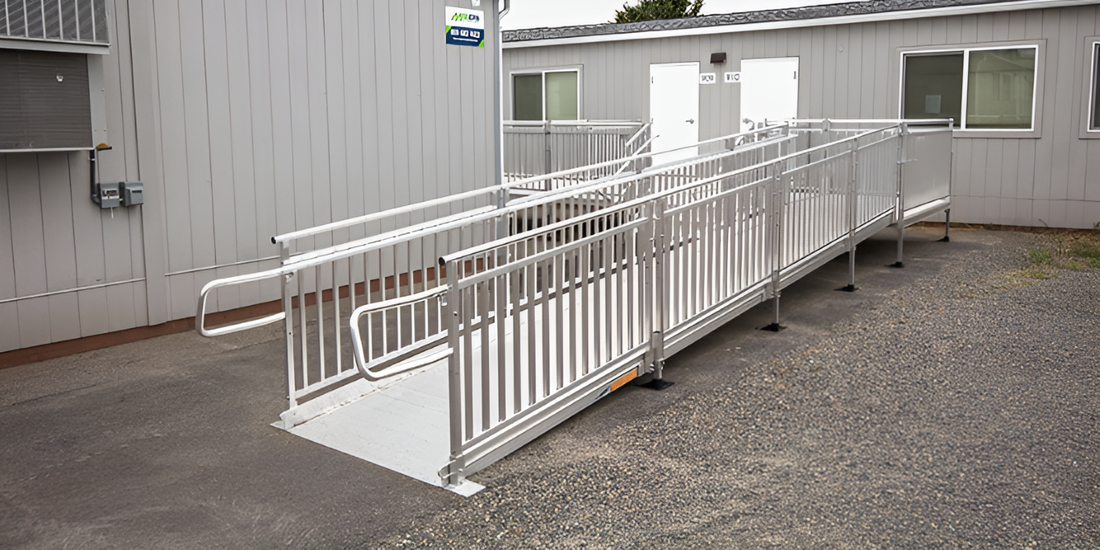School will be back in session soon!
That means it’s time to prepare for every kind of student that will be coming through those doors. For students that use assistive mobility devices, it’s important to double-check that you’re following the Americans with Disabilities Act (ADA) guidelines in every area of the school. Here’s a quick rundown of how your school can meet ADA standards.

Transportation
The ADA requires all publicly funded schools to provide a bus with accessible solutions. This includes a wheelchair lift and seats designed to keep children with disabilities safe. An accessible bus is also required to have a space to store assistive mobility equipment while traveling. Keep in mind that an adult is also required to ride on the buses to assist and supervise children on the bus to and from school.

Classrooms
The Individuals with Disabilities Education Act (IDEA) states that students with disabilities should be taught in the same classroom as students without disabilities as much as possible. Accommodations to the classroom such as wheelchair accessible desks can be added on a year-by-year basis according to the student body’s needs. Visual and hearing disabled students should also have adaptive devices in the classroom to accommodate their unique learning styles. Textbooks can be ordered in Braille for blind students, allowing them to participate and read along with the rest of the class.

Entrances and Exits
There should be at least one wheelchair accessible entrance/exit to the school, but the best educational experience for children with mobility issues is to have accessible solutions at every entrance/exit. Children who use assistive mobility equipment should not be excluded by being forced to use a different entrance than their classmates.
If the school was built before 1990 when the ADA was established, or does not meet ADA standards, a commercial-grade ramp is a great solution for eliminating obstacles at school. A customizable solution, like the TITAN, allows the ramp system to be configured specifically for the school’s needs. You can install a ramp over a set of stairs or install a ramp system that includes not only a ramp, but a set of steps as well to create two modes of entry that accommodate all individuals

Physical Education
Physical education teachers are required to provide alternative methods for children with disabilities so that students can participate in the PE class alongside their peers. For example, you can request the school or school district purchase a portable ramp, or in other cases, you can assign a student a specific role like being the referee. The goal is to accommodate the student by creating participation at their level of skill so that they may enjoy the PE experience.
If your school or school district needs a wheelchair accessible solution, our Customer Service team would love to talk with you!
A team member can answer any questions you may have as well as help you decide what ramp configuration would work best for the location. Otherwise, feel free to look at our school ramp solutions to get more details!

